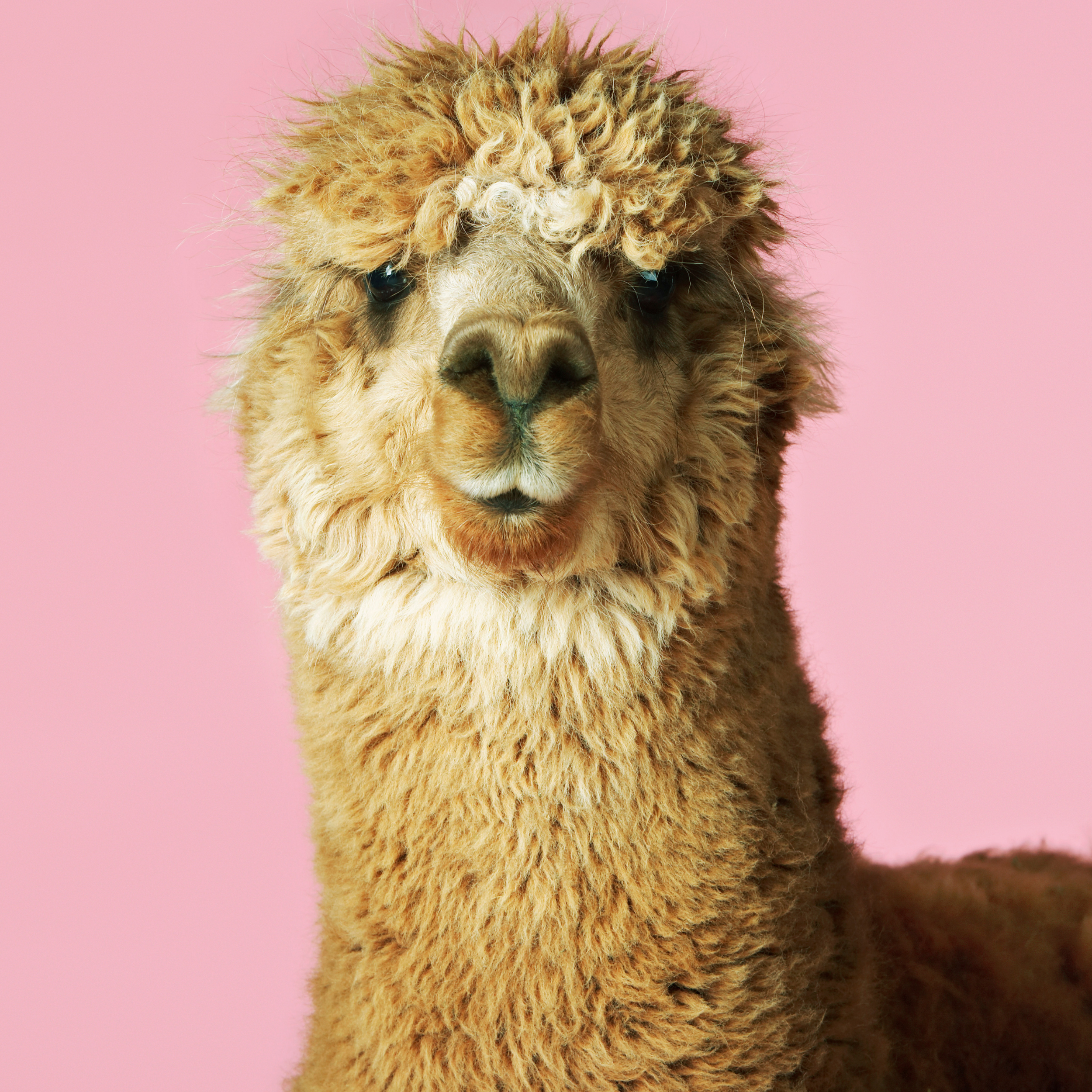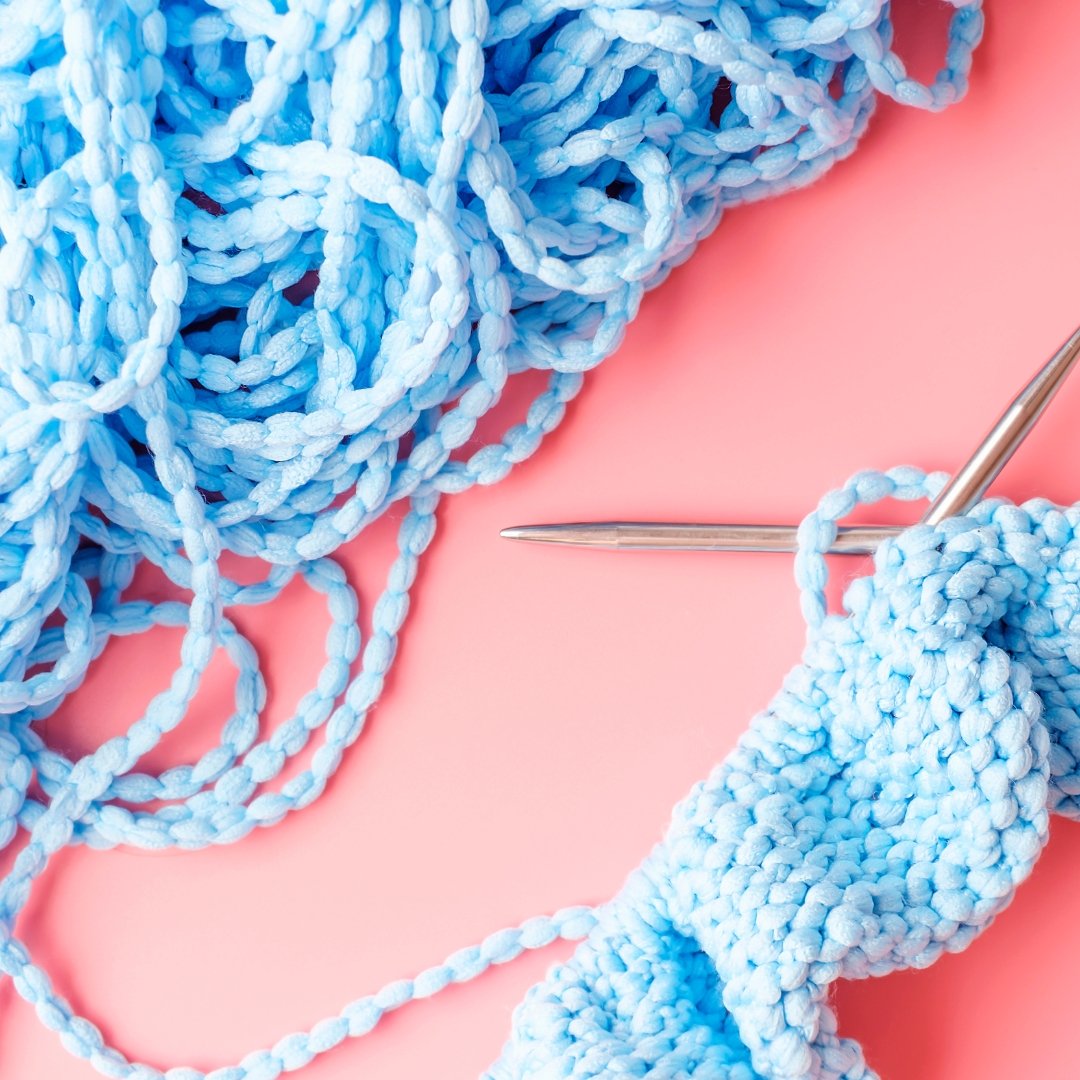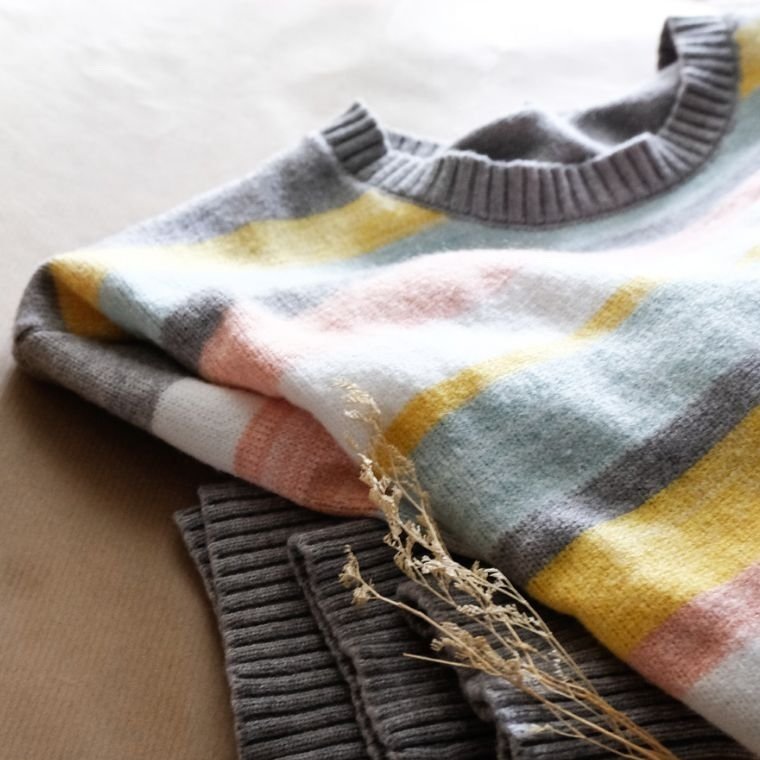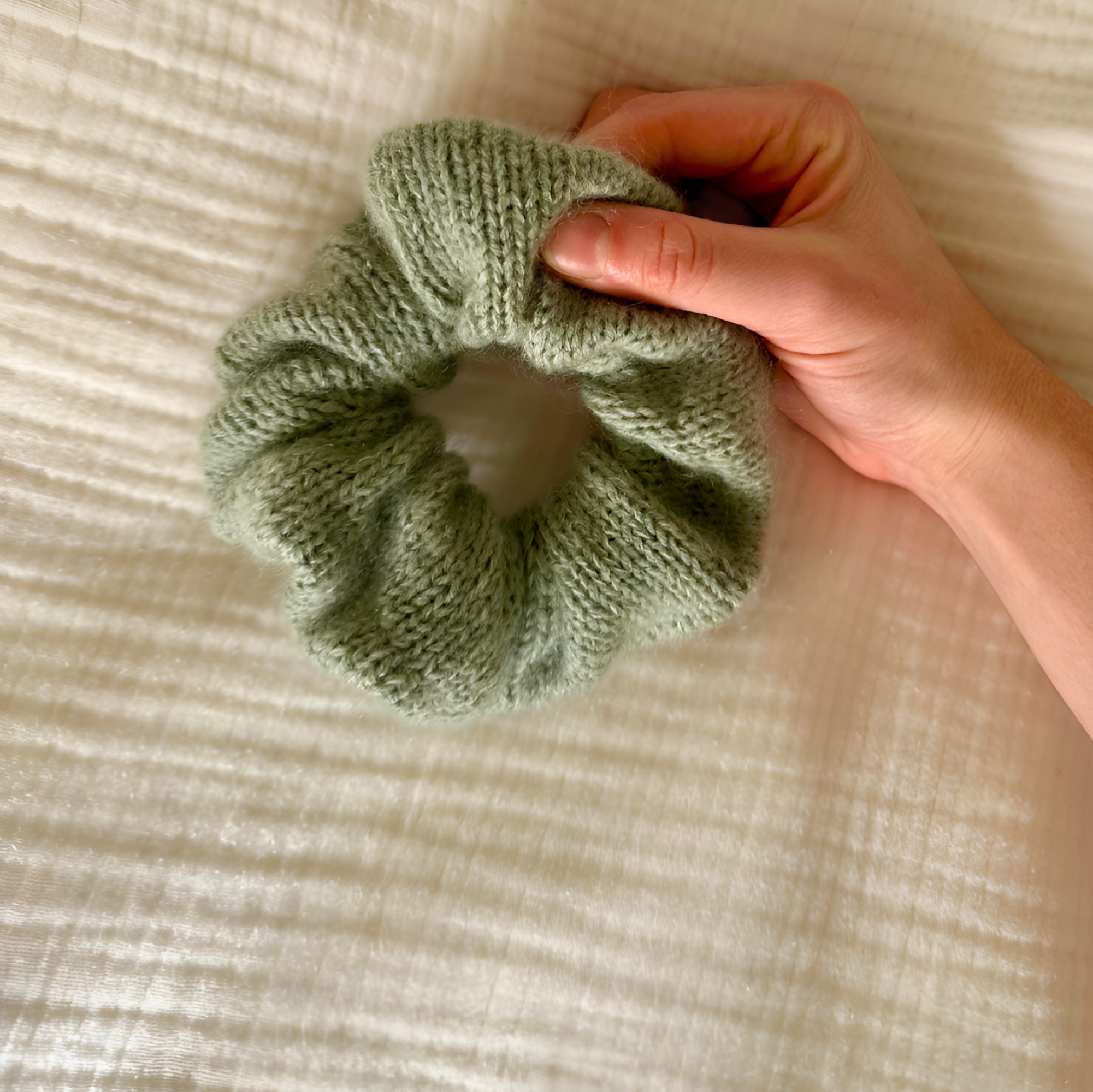Knitting itself is a sustainable practice. Creating your own garments is a way to opt-out of fast fashion, which is an extremely unsustainable system that harms its workers as well as the environment. However, if you are looking to take your sustainable practice up a notch, then you’ll want to be mindful of what materials you are using for your creations. Read on to learn about the most sustainable yarns as well as least sustainable yarn alternatives that you’ll want to weave into your stash.

(Please note that some of the links below are affiliate links. If you make a purchase after clicking those links, I'll earn some yarn money at no extra cost to you.)
What Does “Sustainable” Mean Here
The term “sustainability” covers a wide range of issues, including the impact on humans and animals. However, for the purposes of this blog post, I am only focusing on the impact on the environment. The main factor that was considered when I was researching was what it takes to produce different types of yarn and whether or not they are biodegradable. Adding in more factors could easily make this more of a book rather than a blog post! So I thought I’d keep it short and sweet.
Click here to learn 10 awesome ways to be a more sustainable knitter!
The Least Sustainable Yarns
The least sustainable yarns are:
Acrylic
Polyester
Nylon
All three of these yarns are made of synthetic fibers, which are ultimately composed of forms of plastic.

The manufacturing of these yarns requires a lot of energy and resources, including fossil fuels. Because they are made up of plastic, they are not biodegradable, meaning that when they are no longer worn or usable, they will add to the large waste pile that humans are creating.
While these yarns are the least sustainable, I also want to repeat the very first line of this post: “Knitting is a sustainable practice”. Even if you’re using these yarns, you are still being sustainable by making your own clothes! Plus, these types of yarn are very beneficial for other reasons because they are typically budget-friendly and hypoallergenic.
Alternative Sustainable Options to Consider:
Acrylic: Worsted weight yarn alternative — Union by Trendsetter Yarns (52% Recycled Merino Wool, 48% Recycled Acrylic)
Polyester: Super bulky alternative — Eco-Luxe by Loops & Thread (65% Recycled Polyester, 25% Acrylic, 10% Wool)
Nylon: DK & worsted weight alternative — Berroco Remix Lite and Berroco Remix (30% recycled nylon, 27% recycled cotton, 24% recycled acrylic, 10% recycled silk, 9% recycled linen)
What's in the Middle?
Let’s chat about cotton real quick. Even though it’s a plant-based fiber and is biodegradable, cotton isn’t necessarily the most or the least sustainable but falls somewhere in the middle. Growing cotton typically involves a lot of pesticides, and manufacturing cotton uses a lot of water. If you’re interested in supporting pesticide-free cotton, check out organic cotton yarn options. Or if you want to be more environmentally conscious when using cotton, opt for recycled cotton yarn.
Alternative Sustainable Yarn Options to Consider:
Organic: Worsted weight yarn alternative — Organic Cotton Worsted Yarn by Blue Sky Fibers (100% Organic Cotton)
Recycled: Aran/worsted weight yarn alternative — Billie Jean Yarn by Wool and the Gang (Made from recycled denim)
The Most Sustainable Yarns
The most sustainable yarns are:
Alpaca wool
Sheep wool
Lyocell
Okay, let’s break this down a little bit. The reason why alpaca wool ranks higher than sheep wool is that sheep naturally produce lanolin, which is a waxy substance that gets combined with their wool. To produce yarn from sheep wool, lanolin must be removed, which requires water and energy. However, alpacas do not produce lanolin, which takes that step out of the alpaca wool yarn production process. Ultimately though, both alpaca and sheep wools are very sustainable options. They are both composed of natural fibers and are biodegradable.
Lyocell, also known as Tencel, is a plant-based fiber made from eucalyptus trees. Unlike cotton plants, which require a very warm climate, eucalyptus trees are extremely adaptable, meaning they can often be grown on land that otherwise isn’t farmable. Eucalyptus trees also grow very fast, making them easy to produce. And in the manufacturing process, they require 80% less water than cotton!
Sustainable Options to Consider:
Alpaca Wool: DK weight yarn — Alpaca Cloud DK by WeCrochet (100% Alpaca Wool)
Sheep Wool: Worsted weight yarn — Wool of the Andes Worsted by WeCrochet (100% Wool)
Lyocell: Aran/Worsted weight yarn — Tina Tape by Wool and the Gang (100% Lyocell)

Remember, knitting itself is a sustainable practice, so give yourself a pat on the back regardless of what type of yarn you like to work with. If you’re interested in making your practice even more green, I hope you found this blog post helpful. And please leave recommendations for sustainable yarn options in the comments!






